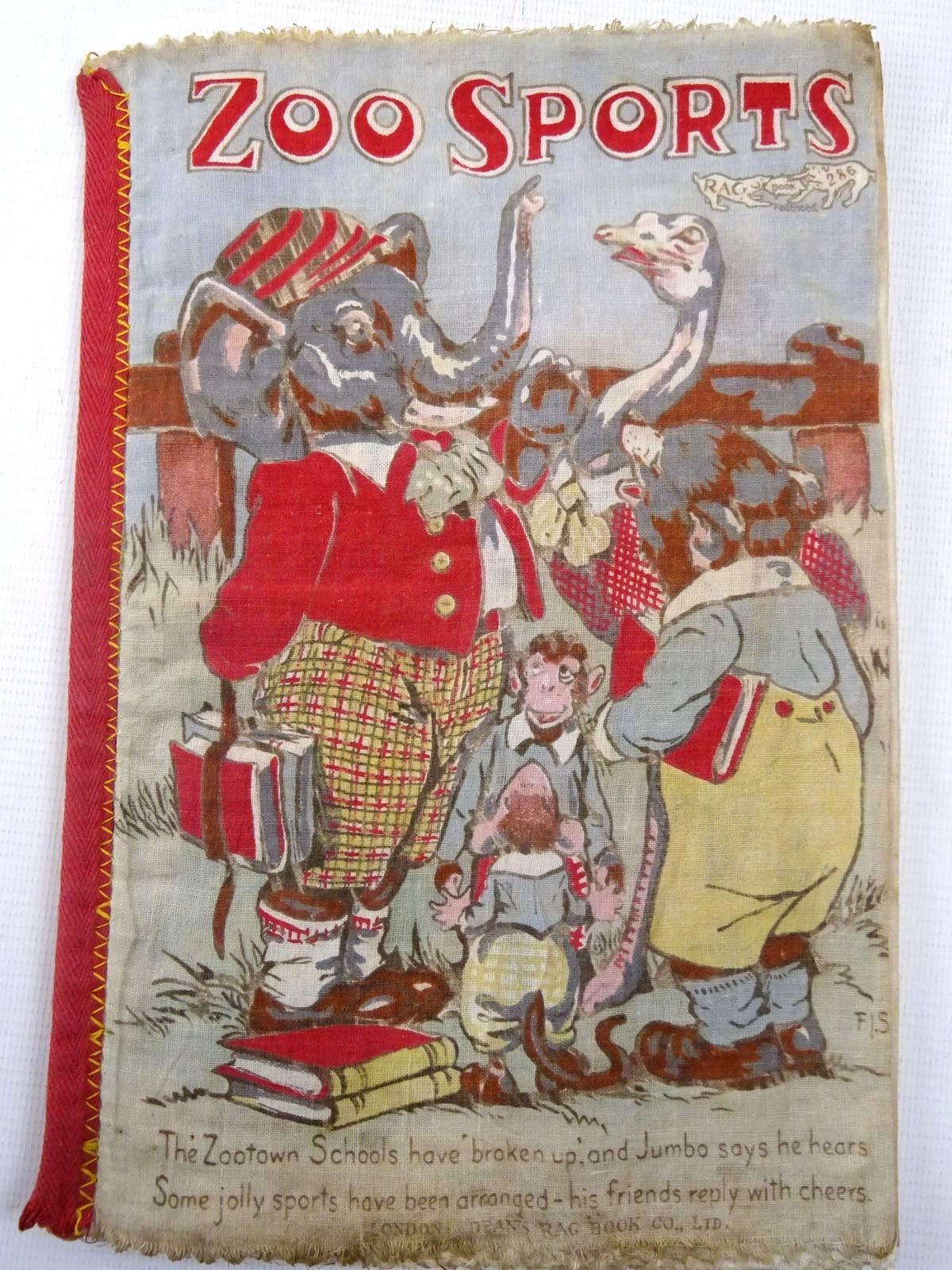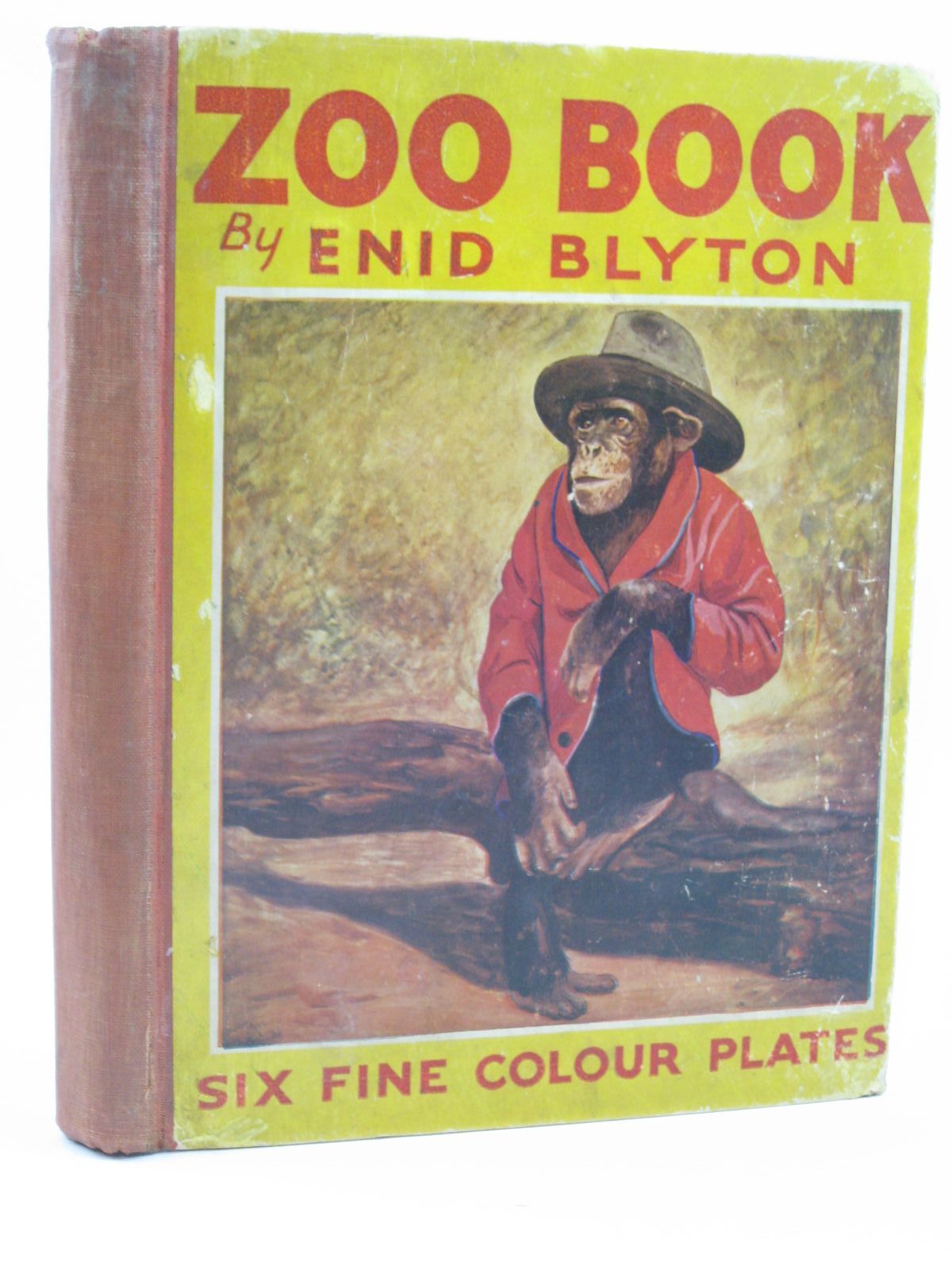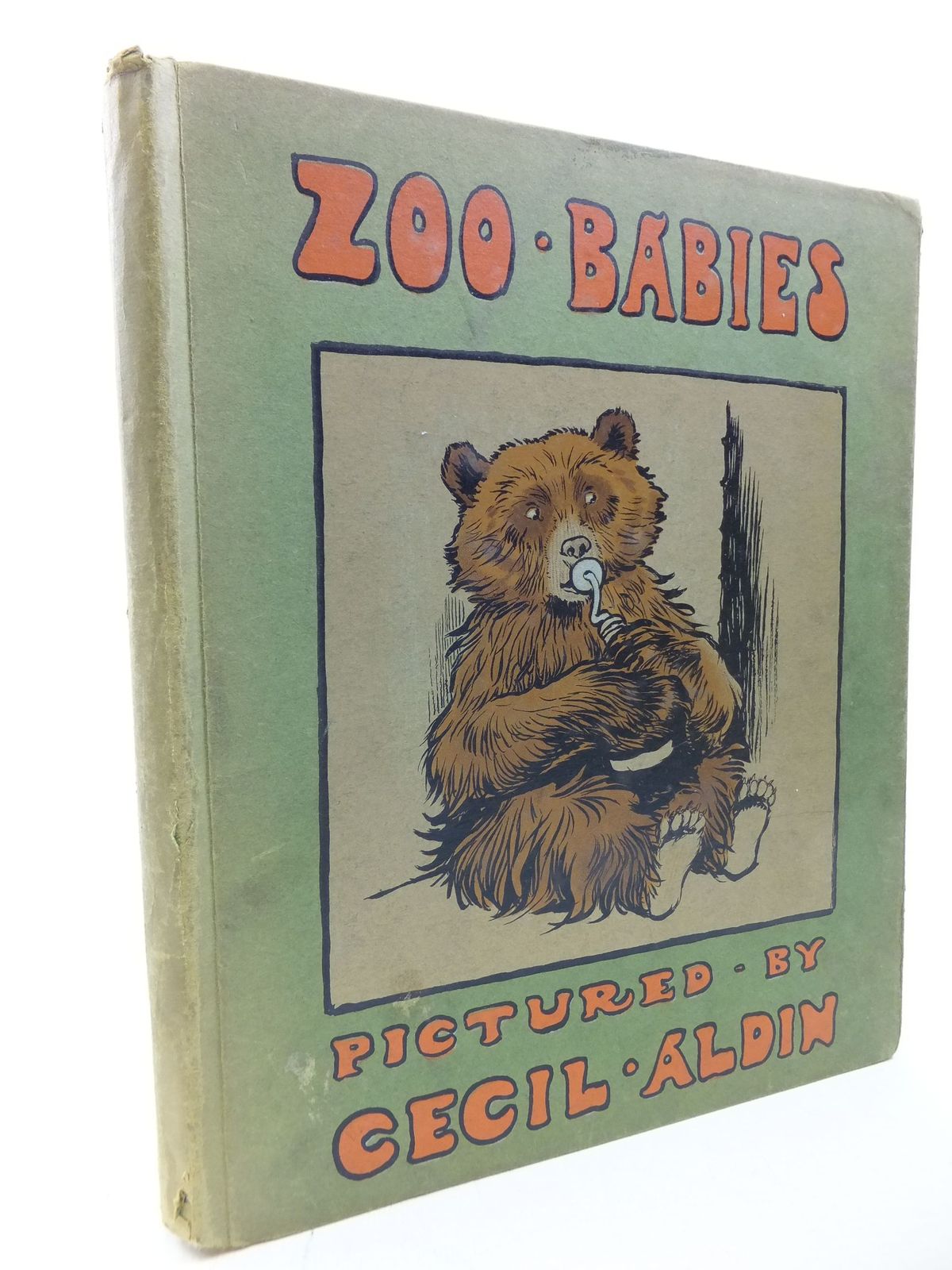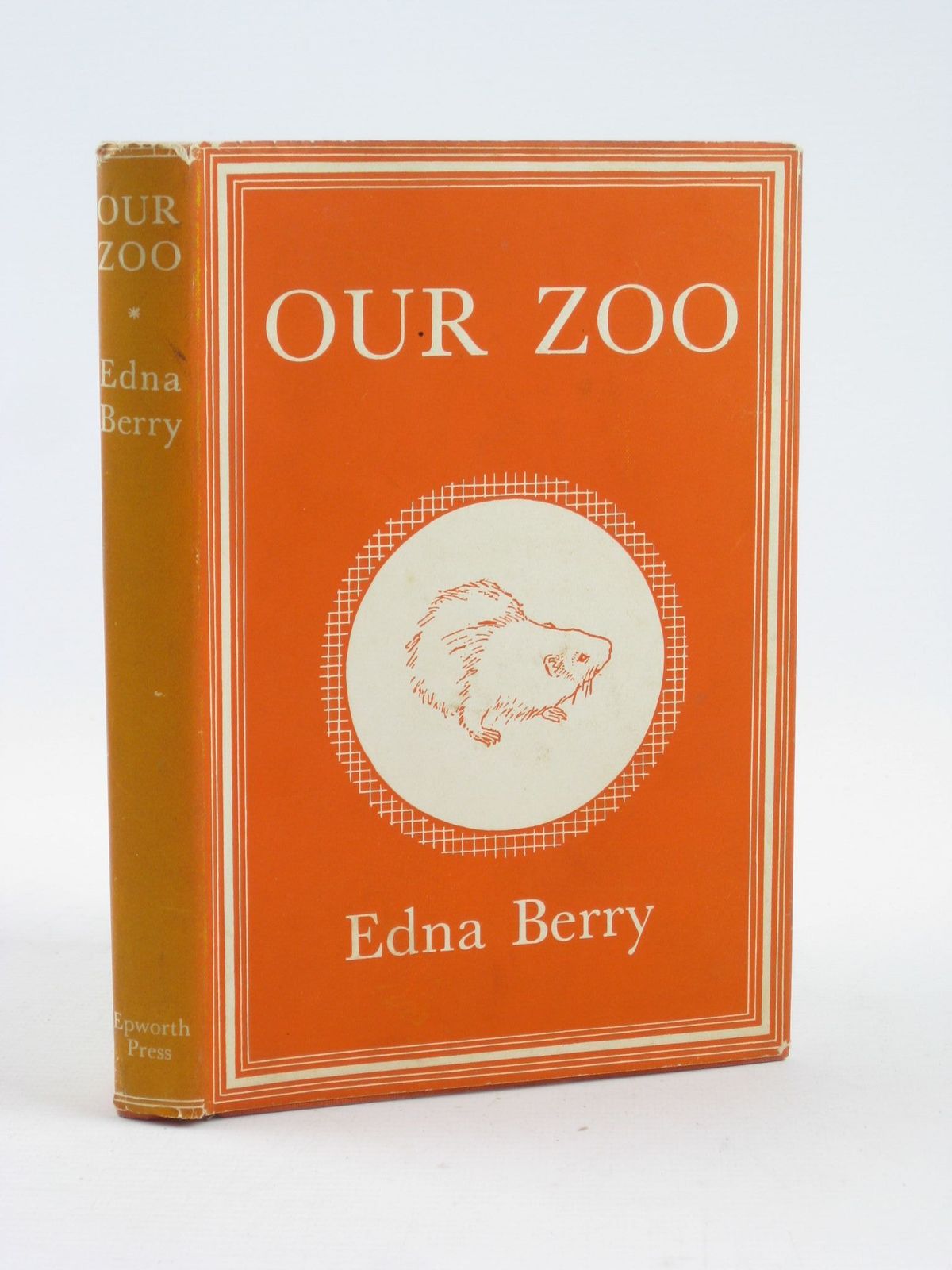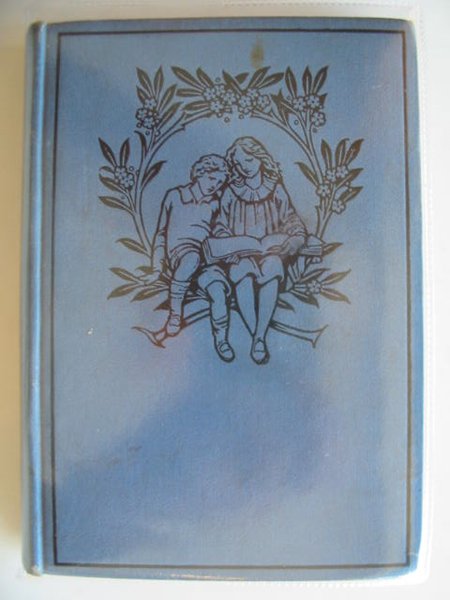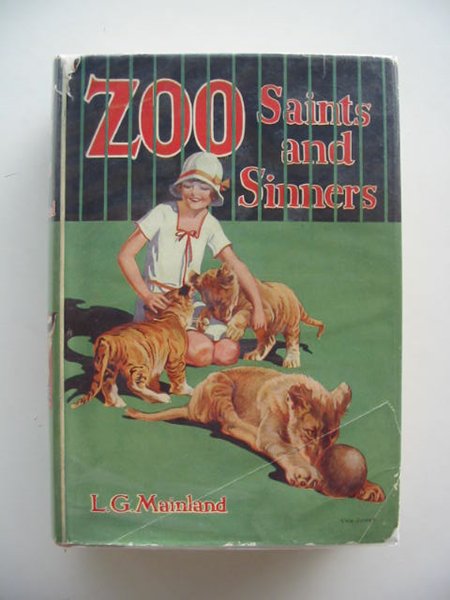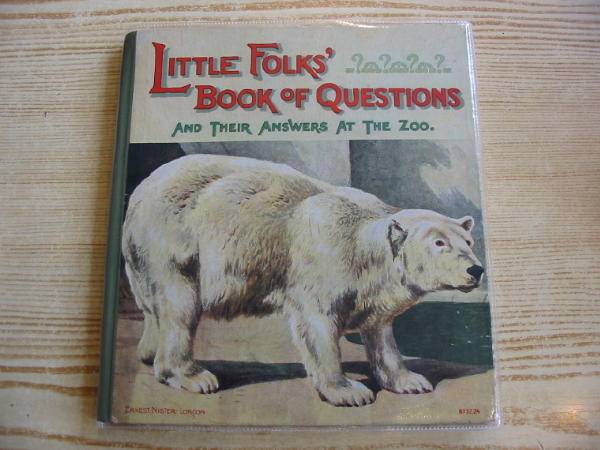Meeting a Binturong
A what? Say again.... What is that?
These are the most common questions and responses I get, when I relate to friends and family a recent animal encounter that my husband and I participated in!
To prepare for our encounter, we had to be briefed and were given protective goggles and overcoats. It was made very clear to us that we would be entering the Binturong's enclosure and any interaction would be on their terms, with their (and our) safety and welfare being of paramount importance. This all being done and being suitably togged up, in we went. Here is some of what we learned.
What is a Binturong?
It is part of the Viverridae family, its scientific name being Arctictis binturong. They are native to South and South East Asia and prefer tall forest, or places with good tree coverage. Sometimes the Binturong is also known as a bearcat, but it is neither a cat nor a bear, but rather is related to the palm civets of Asia. However, you can understand this name when you see one; with their face and whiskers looking like a cat, but stout and stocky bodies and limbs, that look more like a bear, together with thick coarse hair and long prehensile tails. These tails can be almost as long as the head and body put together and can act like another limb.
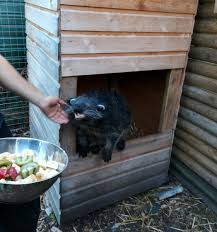
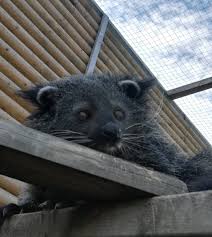
Other Binturong Facts:
Binturongs are omnivorous, but different studies have shown that for wild Binturongs figs can make up a large part of their diet. With our encounter, we offered the two Binturongs a selection of their favourite fruits, including banana, strawberries and kiwi fruit. Another fact that we learned is that Binturongs can be active either during the day or at night. Although they are not the most nimble and agile of creatures, they can climb well and are gentle and steady movers, using their tails to wrap around branches or objects to help keep their balance.
They are also not fussy if you're a branch or a person, if they want to get somewhere! After feeding Rey some kiwi fruit, she decided she would like to come out of her sleeping box and climbed up my arm onto my shoulders and then onto an obliging branch, using her strong and bushy tail to wrap around things in the process. Not the lightest of creatures, the females usually weigh 20% more than males; up to several stone (or up to around 70lb), with captive Binturong females often being heavier than their wild counterparts.
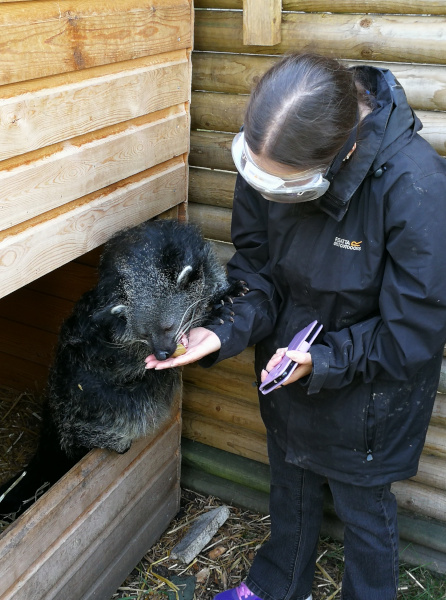
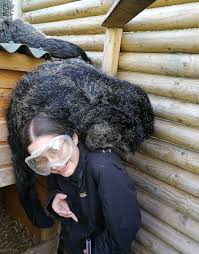
Probably the strangest fact that we learnt about these wonderful creatures, is that they smell of sweet buttered popcorn. It's true! After stroking Rey's tail, and having her use me as a climbing frame, the only thing we could smell on the way home was popcorn. The smell comes from their scent glands, which they use to mark their territory. Although more common in Zoos, Binturongs are now declining in the wild, with a study in 2016 estimating that their numbers had declined by around 30% in the previous 18 years. Habitat loss is thought to be the biggest reason for the decline in numbers.
We really did have a wonderful encounter with these animals, and learnt a great deal about them. Now, if people ask, "what is a Binturong?" hopefully we will all be able to remember some of these above facts.
Contributed by Joanne Hill
Credits:
http://www.iucnredlist.org/details/41690/0
(Published on 12th Oct 2018 )


